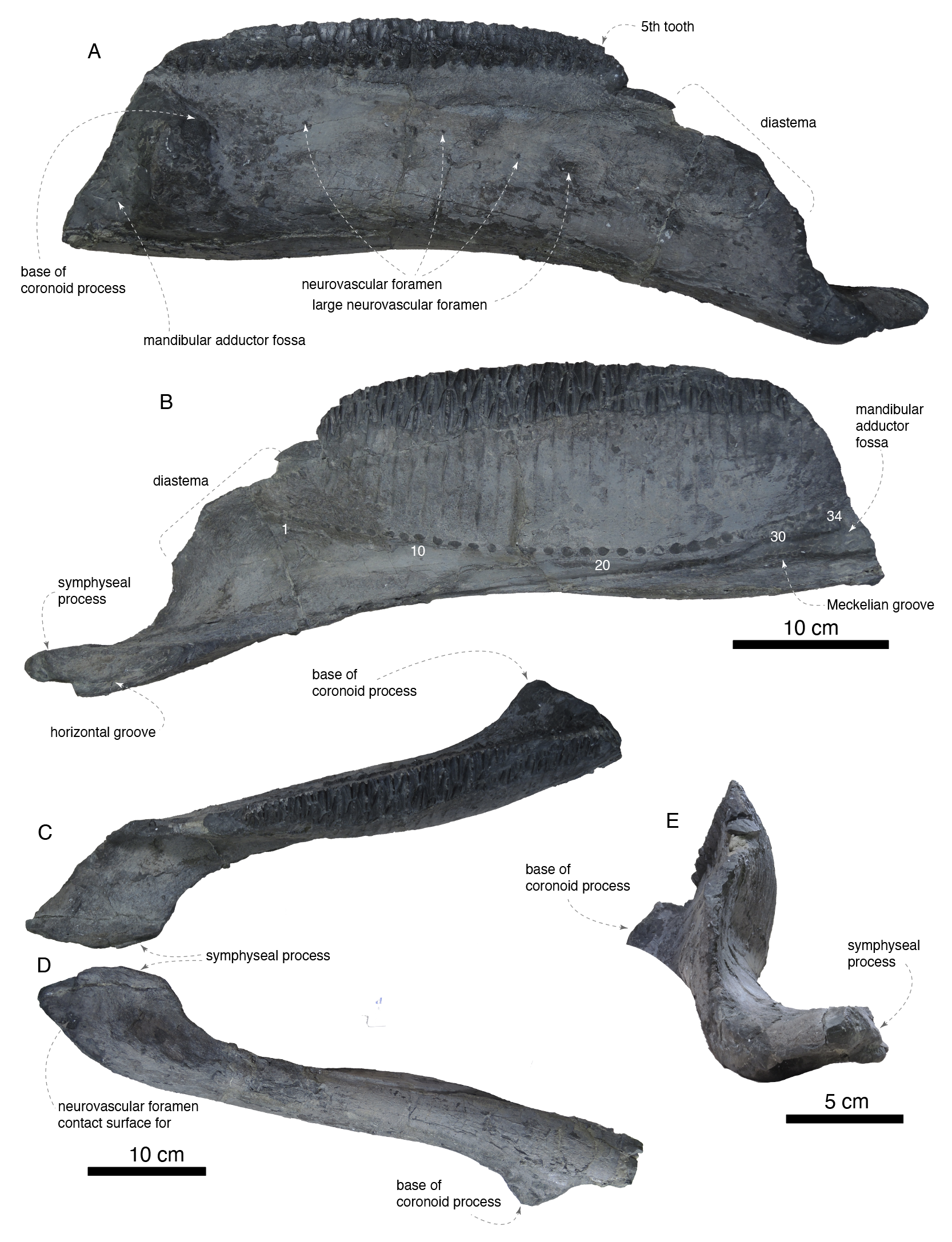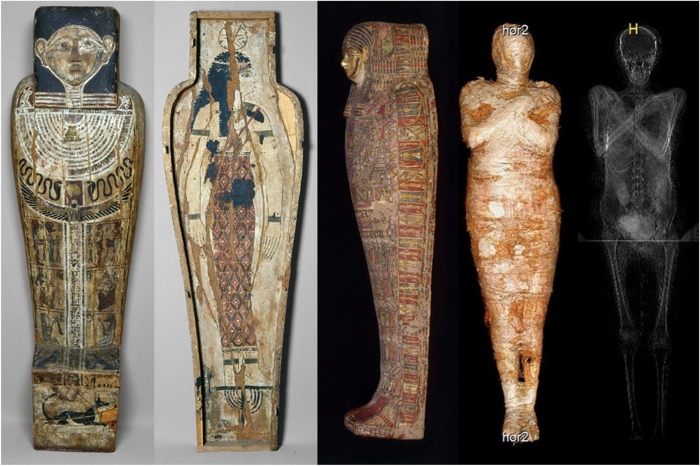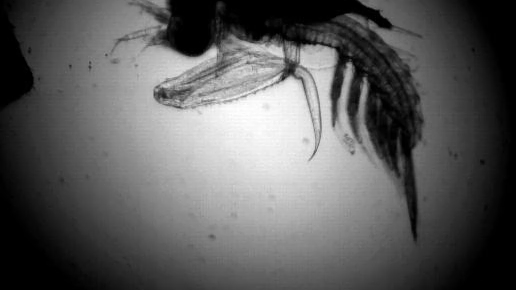
Artist’s illustration of Y. izanagii (center) with other hadrosaurs. (Masato Hattori)
DAVID NIELD
29 APRIL 2021
Meet Yamatosaurus izanagii, a new genus and species of hadrosaur (or duck-billed dinosaur) discovered on a small island off the southern coast of Japan in 2004, and now identified in a new study.
As well as expanding the dinosaur family tree, the fossil find is going to be useful for experts trying to track the migration patterns of hadrosaurs.
While early members of the hadrosaur family most likely wandered across the Bering Land Bridge from Asia to North America, the migration could have become a two-way street, with some later clades returning.
This has given rise to questions over the origins of some later day hadrosaur genera found in places like Japan. Now, features of the partial skeleton and its estimated date – 71-72 million years ago, just before dinosaurs became extinct – tip the scales in favor of these late-blooming branches of the hadrosaur tree also starting in Asia, instead of in the other direction.
The new species follows the 2019 discovery by the same team of another hadrosaurid called Kamuysaurus, found on the northern Japanese island of Hokkaido.
"These are the first dinosaurs discovered in Japan from the late Cretaceous period," says paleontologist Yoshitsugu Kobayashi, from Hokkaido University Museum in Japan. "Until now, we had no idea what dinosaurs lived in Japan at the end of the dinosaur age."
"The discovery of these Japanese dinosaurs will help us to fill a piece of our bigger vision of how dinosaurs migrated between these two continents."
Part of the reason for the abundance and diversity of hadrosaurs was their chewing ability: the animals had hundreds of tightly packed teeth in their mouths, which were replaced from below as they wore down and fell out.
And it's the dental structure that makes Y. izanagii unique: the number and development of the teeth differs noticeably, and it probably evolved to feed on different types of vegetation to other hadrosaurs.

The right dentary of Y. izanagii distinguishes it from other known hadrosaurs. (SMU)
The researchers also noticed an unexpected level of development in the shoulder and forelimbs, marking an evolutionary step in the species from a bipedal to a quadrupedal dinosaur which could change how we interpret their evolution. It's another interesting variation in a dinosaur that dominated the Cretaceous period.
"In the far north, where much of our our work occurs, hadrosaurs are known as the caribou of the Cretaceous," says paleontologist Anthony Fiorillo, from Southern Methodist University in Texas.
The team behind the new study suggests that hadrosaurs could have crossed from Asia to present-day Alaska via the Bering land bridge, and then spread across almost the whole of North America. Japan was attached to Asia until around 15 million years ago.
And if you're wondering about the name, Yamato is the ancient name for Japan, while Izanagi is a god in Japanese mythology believed to have created the Japanese islands – starting with Awaji Island, where the new Yamatosaurus was found.
There's one more important point to take from the discovery and identification of Y. izanagii: the importance of teamwork. The original bones were uncovered by an amateur fossil hunter in a cement quarry.
"Japan is mostly covered with vegetation with few outcrops for fossil-hunting," says Kobayashi. "The help of amateur fossil-hunters has been very important."
The research has been published in Scientific Reports.
The researchers also noticed an unexpected level of development in the shoulder and forelimbs, marking an evolutionary step in the species from a bipedal to a quadrupedal dinosaur which could change how we interpret their evolution. It's another interesting variation in a dinosaur that dominated the Cretaceous period.
"In the far north, where much of our our work occurs, hadrosaurs are known as the caribou of the Cretaceous," says paleontologist Anthony Fiorillo, from Southern Methodist University in Texas.
The team behind the new study suggests that hadrosaurs could have crossed from Asia to present-day Alaska via the Bering land bridge, and then spread across almost the whole of North America. Japan was attached to Asia until around 15 million years ago.
And if you're wondering about the name, Yamato is the ancient name for Japan, while Izanagi is a god in Japanese mythology believed to have created the Japanese islands – starting with Awaji Island, where the new Yamatosaurus was found.
There's one more important point to take from the discovery and identification of Y. izanagii: the importance of teamwork. The original bones were uncovered by an amateur fossil hunter in a cement quarry.
"Japan is mostly covered with vegetation with few outcrops for fossil-hunting," says Kobayashi. "The help of amateur fossil-hunters has been very important."
The research has been published in Scientific Reports.
THE HADROSAUR IS ALBERTA'S OFFICIAL DINOSAUR


























